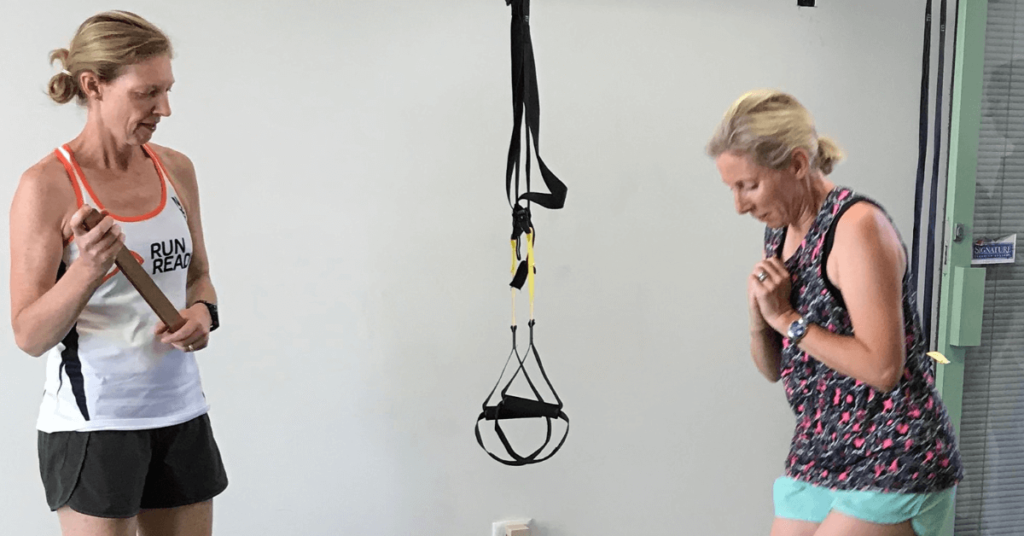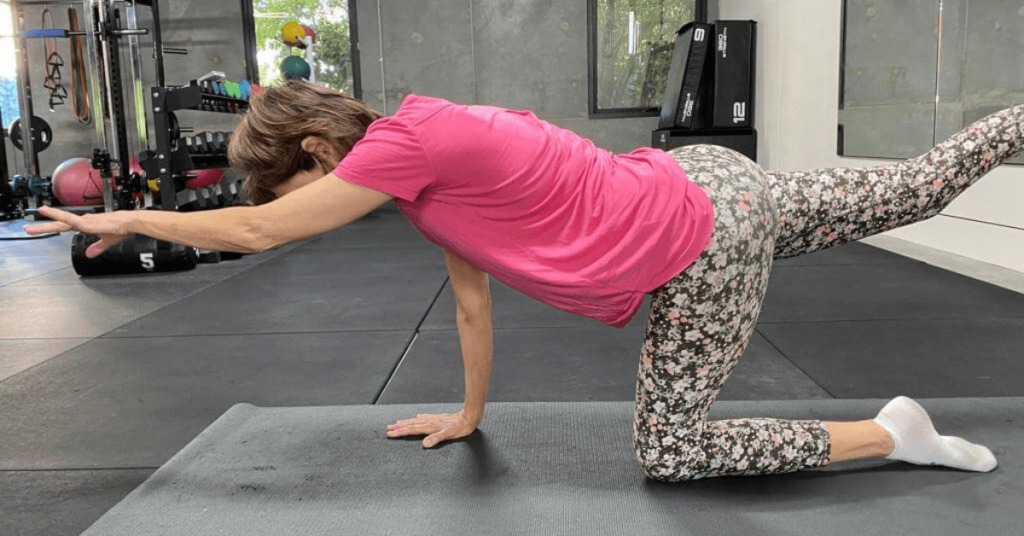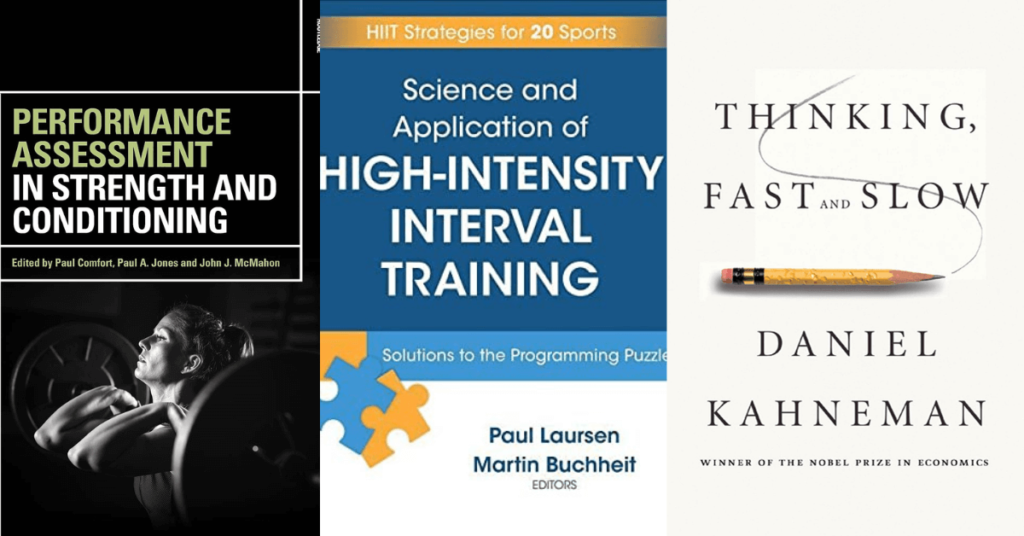The Role of a Strength and Conditioning Coach
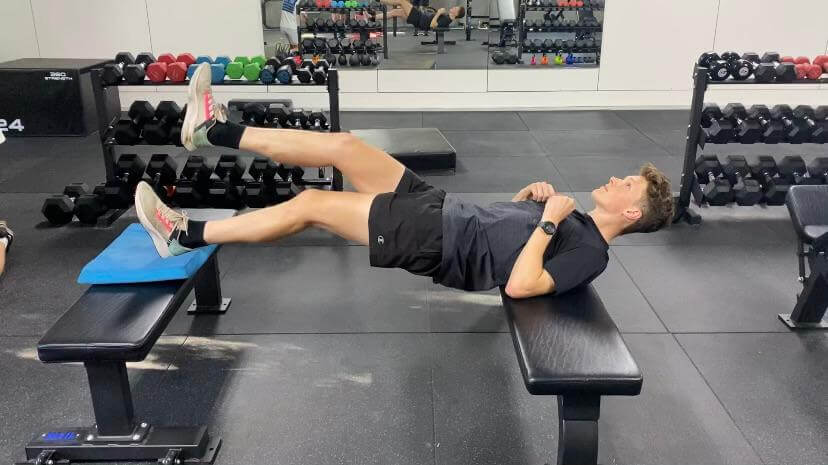
A performance-based client and athlete of all ages and ability levels are trained by head strength and conditioning coach. Although they can help customers improve their general fitness, most of their aims are focused on enhancing or strengthening a specific skill or sports performance. A strength and conditioning coach’s knowledge can assist you in improving motor skills, performance, and injury prevention.
Although performance training is a significant part of a strength and conditioning coach’s knowledge base, they must also thoroughly understand how the body adapts to stress and recovers to apply proper periodization. Coaches must be able to evaluate mental and physical weariness to guarantee that the client or athlete is working towards their goals while avoiding harm.
They Are Not The Same As Personal Trainers
Unlike personal trainers, who work with the general public on fitness goals, strength and conditioning coach’s primary responsibility is to work with athletes to maximise their competitive advantage. They employ workout prescriptions to help their clients improve their performance. Strength training, aerobic conditioning, and other modalities are used to achieve this. They also assist athletes with injury prevention and good mechanics during competition.
Strength and conditioning training is designed for functionality, with one aim – athletic performance, as opposed to personal training for clients who often want to lose weight or improve their body shape. It does not matter if the athlete has a perfectly shaped body.
The Athlete’s Sport Influences Training
Strength and conditioning coaches, like a female personal trainer, will periodize a training plan based on their athletes’ competition year, allowing them to arrange proper training and recovery. The athletes’ training will also vary depending on their position in their chosen sport.
What Are The Roles Of A Strength And Conditioning Coach?
One of the responsibilities of a strength and conditioning coach is to determine where an athlete is for their performance goals and then build and implement a strategy to help the athlete achieve those goals.
1. Setting and Achieving Suitable Objectives
Any coach-client relationship begins with what the athlete intends to accomplish in a specific time, referred to as a goal. Weight-loss objectives, performance goals, and everything in between are all possible. The coach develops an age and training-specific road map accounting for the medical and injury history.
2. Challenging the Athlete to Grow
A coach pushes you out of your comfort zone. Individuals adjust to unfavorable or difficult events that are not part of their daily lives—hiring a coach benefit not just the physical sense of better aesthetics or performance but also the mental outlook. A coach instils perseverance, responsibility, humility, and self-discipline.
3. Holding Athletes Responsible
Consistency is the foundation upon which all ambitions are built. You can have the best coach who tailors a programme to your specific needs, but none of it will matter if you do not put in the effort. The first step is to show up, and a coach will hold you accountable.
4. Empowering You To Be The Best Version of Yourself
It may sound corny, but it is true! Life occurs to everyone, and the most common excuse is a lack of time to exercise or train. Some of the most regularly mentioned excuses for abandoning fitness or training goals are busy schedules, personal life, stress, and family. A competent coach holds the athletes accountable by setting precise, quantifiable, realistic, and timely goals based on the initial examination results.
5. Evaluation of Progress Ongoing
The coach uses client-specific performance measurements, programming, and the most recent research to concentrate training activities on what counts most: achieving their objective! It prevents paralysis by analyzing conditions slowing most workout plans due to information overload.
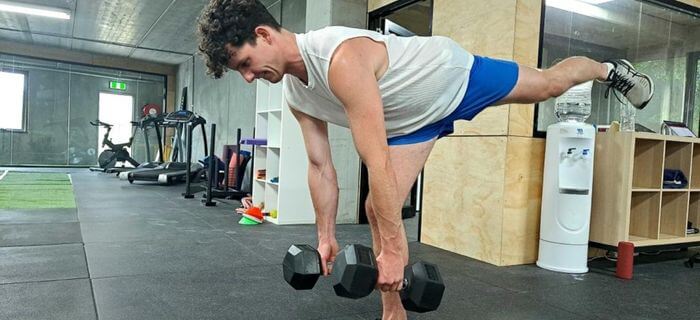
Reaching the Athletes’ Full Potential: Strength and Conditioning Coach Role
1. Provision of Performance Rehabilitation
The first is to enhance athletic performance, which usually entails increasing an athlete’s strength, speed, and power. Specifics vary by sports and athlete. Strength and conditioning coaches work with personal trainers to build systematic personal training programs for both teams and individual athletes. It usually includes instructing athletes on proper lifting techniques, monitoring and motivating them while exercising, and evaluating their performance before and after the program.
In partnership with a physiotherapist, the S&C coach’s duty should be to deliver performance rehabilitation to the best of their skills. The role of a strength and conditioning coach must identify and assess the physiological needs of a sports team as a whole, an individual player in a specific position on that team, or an individual athlete. Following identifying gaps between actual and ideal physical results, the S&C practitioner is responsible for developing and implementing periodized sports-specific programs that will improve the athletes’ performance in that sport while reducing the risk of injury.
Depending on whether the sport is in season or not, the conditioning regimen will be different. Conditioning routines can be rather demanding during the off-season. Conditioning workouts during the season tend to focus more on maintaining than boosting athletes’ conditioning. Conditioning routines differ depending on the sport and even the position within the sport. An S&C Coach can work with a wide range of athletes, almost as many as there are sports. Because the physical demands placed on an athlete vary greatly based on the sport, position, or role that the athlete plays, no two athletes will be trained in the same way.
2. Assessment of An Athlete’s Performance Demands and Capabilities
To decrease athletic injuries, the second purpose is to understand the athletes’ postures and motions. Conditioning coaches frequently construct workouts to strengthen body regions prone to injuries in a sport. Conditioning coaches must be knowledgeable about proper lifting and workout techniques and be able to teach them to players to prevent injuries during training. The conditioning coach keeps track of the athletes’ overall health — offering dietary guidance or directing them to a licenced dietitian if they require more in-depth nutritional counselling.
Conclusion
What is the role of a strength and conditioning coach? It is to stay current on developments in psychological and physiological components of exercise-based injury prevention and return to play programmes and sports medicine. Thus, leveraging a strength and conditioning coach’s knowledge in teaching highlights why sports injury prevention is vital. It is how achieved through mentoring may impact player safety and, as a result, their long-term involvement and performance in sport.


